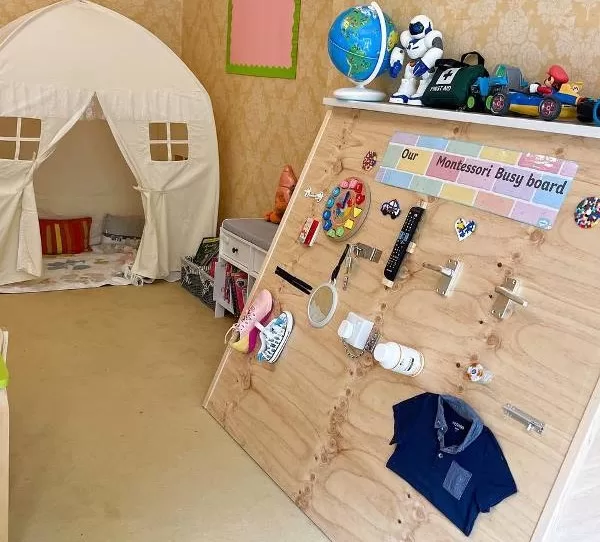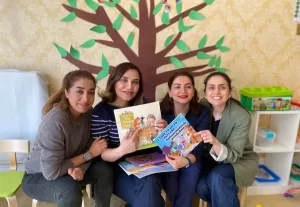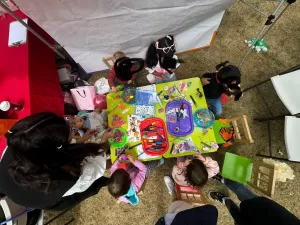In today’s modern homes, appliances are indispensable tools that make our lives easier and more convenient. However, they also pose potential hazards, especially to young children who may not fully understand the risks involved. That’s why teaching children to use appliances safely is crucial for their well-being and the overall safety of the household. In this comprehensive guide, we’ll explore the importance of teaching appliance safety, what to look out for during household chores, how to effectively educate kids about safe appliance use, and much more.
Why Teach Kids Safe Appliance Use?
Before diving into the specifics of teaching appliance safety, it’s essential to understand why it matters. Children are naturally curious and may not grasp the dangers associated with appliances. By educating them early on, we empower them to make safe choices and prevent accidents. Teaching appliance safety also instils lifelong habits that they’ll carry into adulthood, ensuring their safety and that of those around them.
Teaching Kids About Safe Appliance Use
When teaching children about safe appliance use, it’s essential to tailor the information to their age and comprehension level. Start by explaining the basic functions of different appliances and the potential dangers associated with them. Emphasise the importance of following instructions and seeking adult supervision when using appliances. Use simple language and reinforce key safety rules through repetition and positive reinforcement.
Also read: Nursery vs Childminder: Which one should you pick?
Teaching Safety to Different Ages
Children of different ages have varying levels of understanding and coordination, so it’s crucial to adapt your approach accordingly. For younger children, focus on basic safety rules such as keeping fingers away from moving parts and never touching appliances without permission. As they grow older, gradually introduce more advanced concepts such as electrical safety and fire prevention.
Safety in the Home
Safety should be a top priority in every area of the home, but certain areas pose specific risks when it comes to appliance use.
Safety in the Kitchen
The kitchen is often the heart of the home but can also be a hotspot for accidents, especially when it comes to appliances like stoves and ovens. Teach children to stay away from hot surfaces and to never touch appliances while they’re in use. Keep pot handles turned inward to prevent accidental spills, and always supervise children when cooking or using kitchen appliances.
Safety During Cleaning
Cleaning appliances such as vacuum cleaners and steam mops can also pose risks if not used properly. Teach children to keep cords untangled and away from water to prevent electric shocks. Additionally, remind them to turn off appliances when not in use and to store them safely out of reach when finished.
Related Article: The Montessori Approach to Early Childhood Education
Where to Be Aware
Certain areas of the home require extra caution when it comes to appliance safety. For example, bathrooms can be hazardous due to the presence of appliances like hairdryers and curling irons. Teach children to never use electrical appliances near water and to always unplug them after use. Similarly, outdoor areas with appliances such as lawnmowers and leaf blowers require careful supervision and adherence to safety guidelines.
Outdoor Chores
Outdoor chores provide valuable opportunities to teach children about appliance safety in a different setting. Whether it’s mowing the lawn or using a pressure washer, emphasise the importance of wearing appropriate safety gear such as goggles and gloves. Teach them to be mindful of their surroundings and to never leave appliances unattended while in use.
Talk About Consequences
Discussing the potential consequences of unsafe appliance use can help reinforce the importance of following safety rules. Be honest with children about the risks involved, whether it’s burns from hot surfaces or injuries from moving parts. Encourage open communication and reassure them that it’s okay to ask questions or seek help if they’re unsure about something.
Get Your Child Involved
Getting children involved in household chores can be a great way to teach them about appliance safety in a practical context. Assign age-appropriate tasks and provide clear instructions on how to use each appliance safely. Supervise them closely at first, but gradually allow them to take on more responsibility as they demonstrate understanding and competence.
How Can a Nursery Help with Teaching Appliances Safely
Nurseries play a vital role in shaping children’s development, including their understanding of appliance safety. Look for childcare facilities that prioritise safety education and provide hands-on opportunities for children to learn. Happy Chalet Childcare, for example, incorporates appliance safety into its curriculum according to age, ensuring that children receive the guidance they need to stay safe at home and beyond.
Conclusion
teaching children to use appliances safely is a fundamental aspect of parenting and childcare. By instilling good habits and fostering a culture of safety from a young age, we can help prevent accidents and create a secure environment for our children to thrive. Remember, Happy Chalet Home-based Childcare teaches using appliances safely according to age, setting a standard for safety education in early childhood development.






